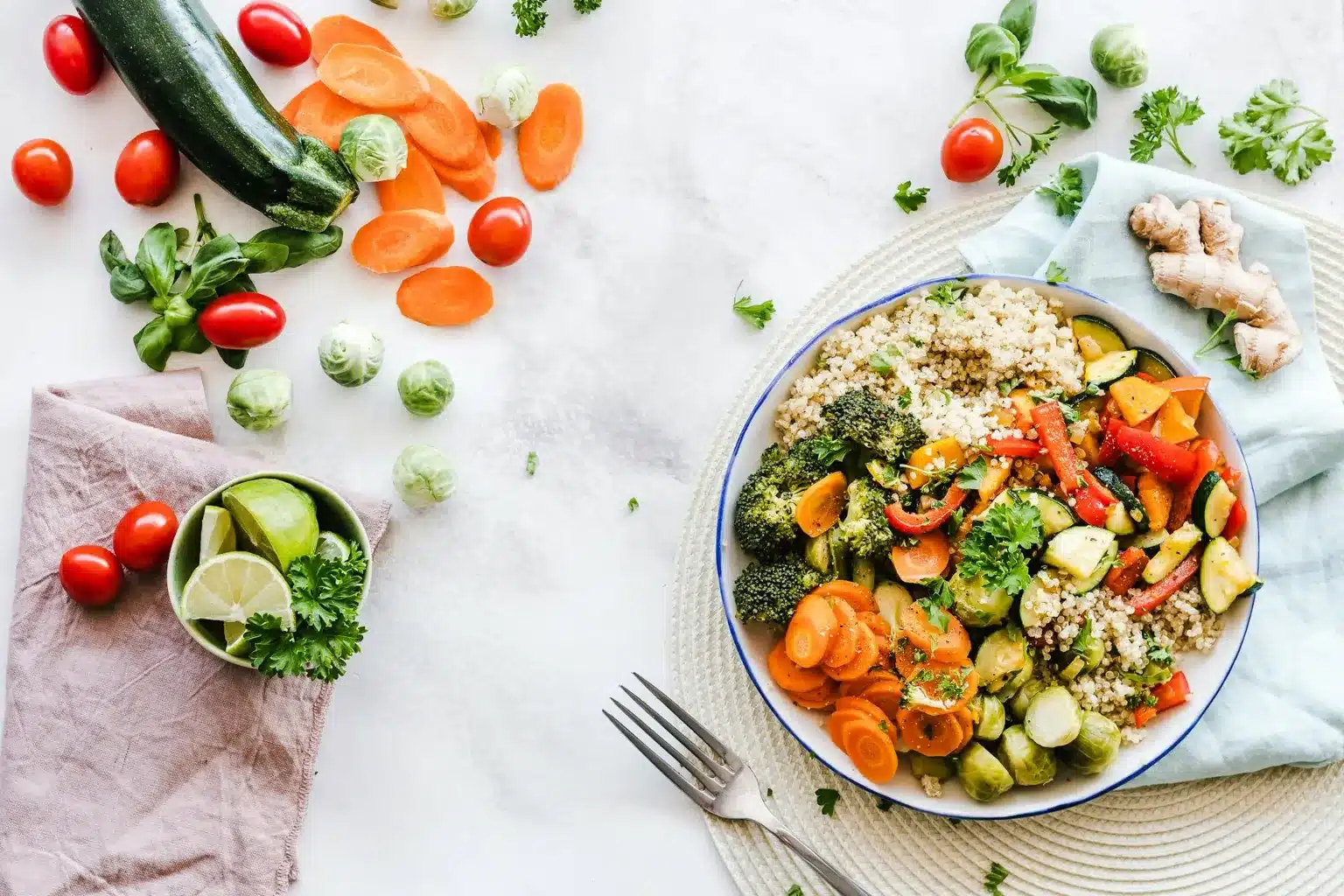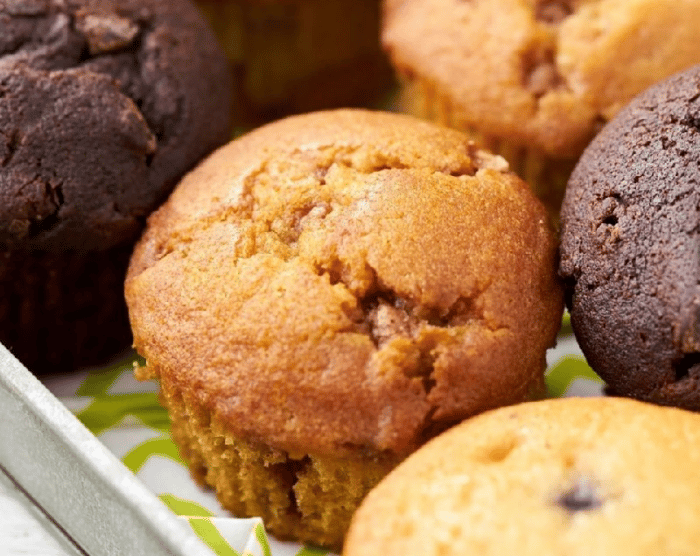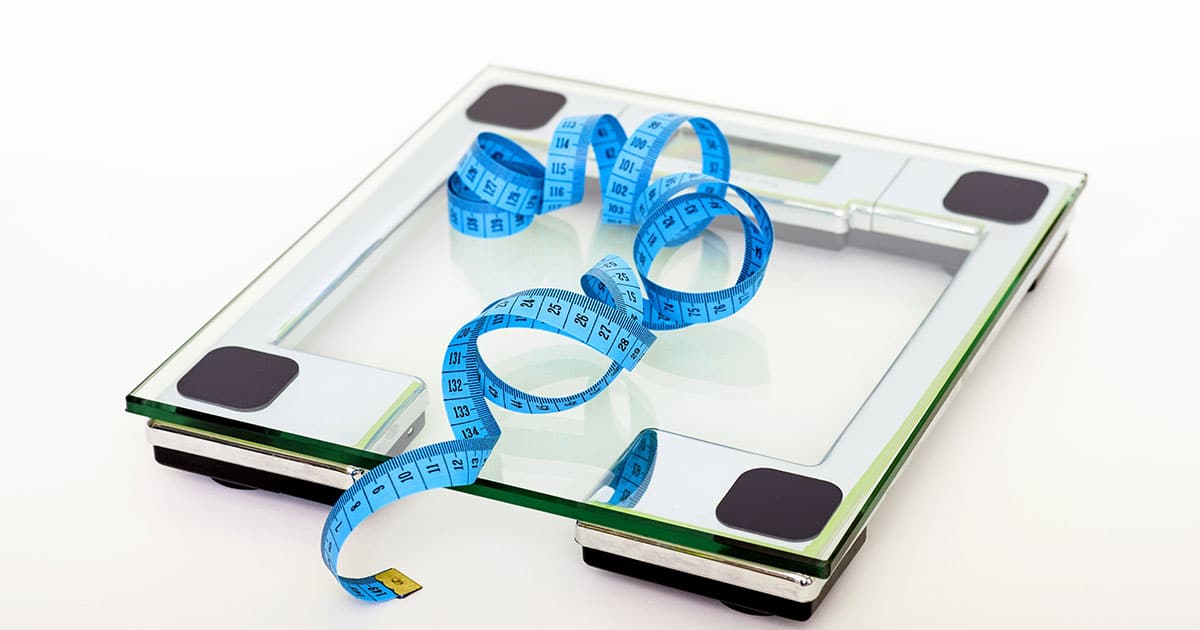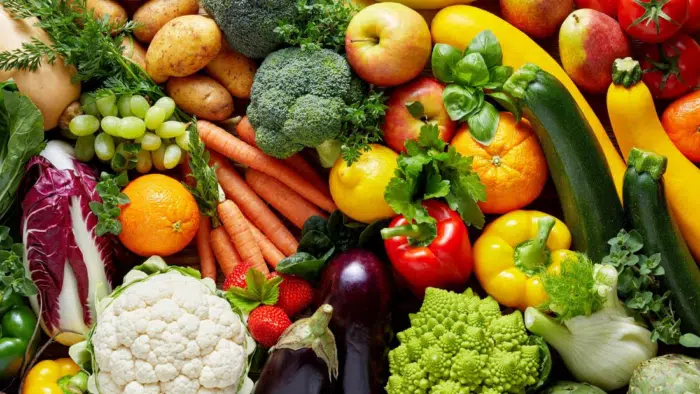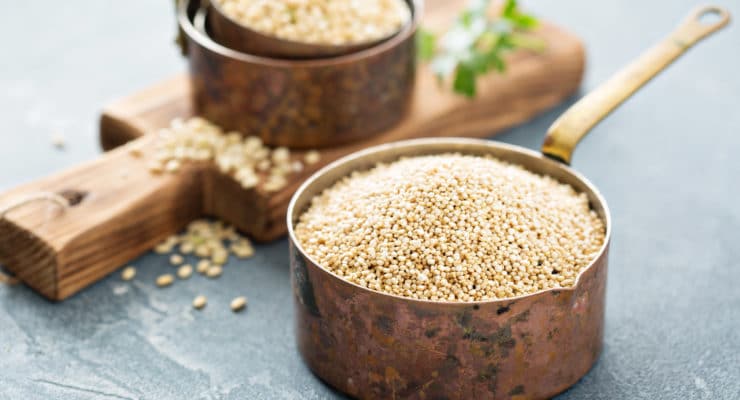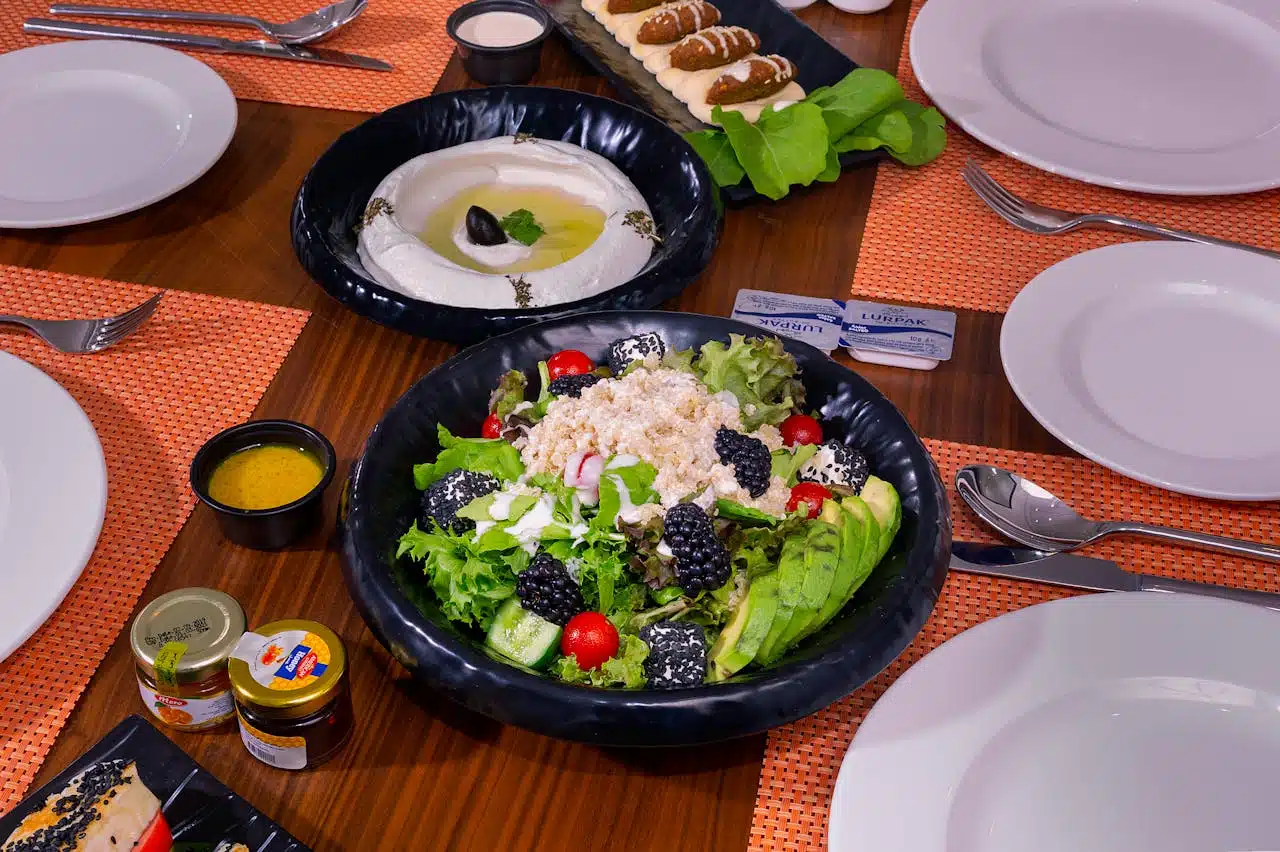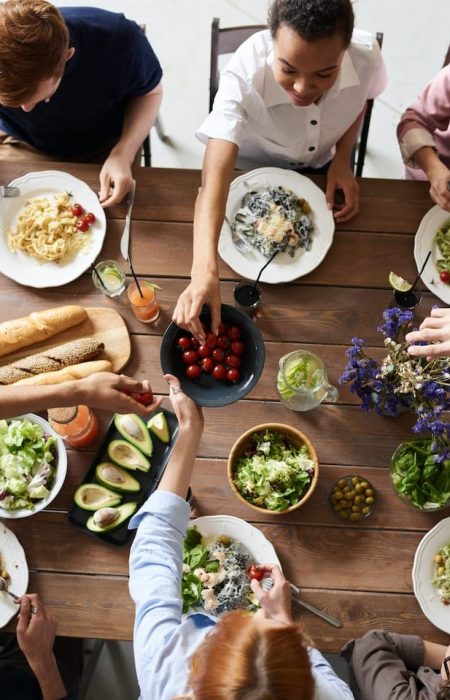If you frequently travel for business or pleasure, you are aware of how challenging it can be to find healthy food.
Or at the very least, I should add that temptations abound. because it is difficult to find healthy options.
When it comes to staying on a healthy diet when traveling, being prepared is 75% of the battle. It necessitates some preparation and a certain dietary plan.
Fortunately, with a little more effort, you can stick to your healthy eating plan. These eight suggestions for eating healthily while on the road offer some practical guidance for remaining on track when traveling.
Location –
When you’re choosing where to stay, it’s all about location. Let’s say you’re traveling for work and you’ll be in the same location for at least a few days.
Finding a spot that’s close to healthy resources is key. Is there a grocery store nearby that you can run to for healthy snacks and/or meals?
Are there healthy cafes or restaurants within walking distance that you can stop in for a bite to eat?
It’s easy to make the excuse that you can’t eat healthy while on the road.
If there aren’t good options around you. Don’t make that your excuse.
Therefore choose as wisely as you can to set yourself up for success.
Accommodations with A Kitchen or Kitchenette –
One of the best ways to ensure healthy eating while traveling is to have access to some type of kitchen.
Extended stay hotels, vacation rentals, and Air B & B are all great options if convenient to your location.
If a kitchen isn’t available, having a refrigerator in your hotel room for some healthy options is a great alternative.
The point is that if you have either a kitchen or a refrigerator, you have the ability to stock up with good snacks and easy meals.
Things like fresh fruit and vegetables. Bottled water, cottage cheese, Greek yogurt, nuts, natural peanut butter, rotisserie chicken, and canned fish.
These are fantastic options that are easy to store. And don’t require a lot of prep work to create a quick meal or snack.
Ship Items Before –
Another strategy would be to ship your favorite dry goods to your location beforehand.
Protein powder, beans, nuts, canned tuna, bread, and quick-cooking oats. Are all the items you could have sent prior to your arrival? So that you have some healthy options waiting for you.
Carry A Cooler –
Tote your healthy food around with you. Stock a cooler full of your favorite healthy snacks, sandwiches, bottled water, and anything you need for the day.
Furthermore, these options work well if you can drive to your location and bring your cooler with you. If you’re flying, you’ll need a collapsible cooler to pack in your suitcase.
Research Restaurants In The Area –
Do your research before you go. Even if you have access to a kitchen or a refrigerator, you still may want or need to eat a few meals.
Find out what restaurants are in the area and which menus offer healthy options that interest you. You can plan any outings to one of these restaurants; know what you’re going to eat when you walk in the door.
Protein Powder –
Protein is often the hardest thing to come by. Healthy eating on the go is made much easier if you can bring some protein powder with you.
Even if it’s a back backup, you know you have a good protein source to go to if you can’t find a viable option.
Sometimes your healthy eating strategy might require using a combination of options. For example, finding some fruits and vegetables might be easy. However, grabbing a protein source might be expensive. In certain cases, protein powder can fill in the gaps.
Super green Supplement –
It’s often very difficult to get the correct amount of vegetables when traveling. This is the perfect time to incorporate a great supplement like Amazing Grass, Green Defense, or Greens +.
A supplement is just that – a way to supplement your diet. While this shouldn’t be your mainstay for getting in vegetables; it can always be used to up your micronutrient intake and get some greens into your diet.
Bring Homemade Snacks –
Bring homemade non-perishable snacks with you. Homemade granola or protein bars, protein muffins, kale chips, and homemade granola. Trail mixes are all wonderful options to take with you.
If you have healthy food with you, chances are that you’ll eat that healthy food rather than seeking out the junky stuff.
Furthermore, If you’ve noticed (or maybe you already have), the common theme here is that you need to be prepared.
If you’re committed to a goal of weight loss. A health goal or just want to ensure you’re eating good quality meals; you’ve got to set yourself up for success.
Healthy eating while traveling is totally doable, but it does require a bit of planning and strategy to make it work.
How to Eat Healthy Using Simple Healthy Eating Math.
Eating healthy is not complicated. It doesn’t have to be hard.
Many of us overcomplicate it and make this way harder than it must be. This makes it easy to get frustrated, throw up your hands and say, “screw it!”, and go back to eating fried poetasters from Applebee’s.
So today, we’re going to break down Healthy Eating Math, in the simplest way possible.
There are seven (7) days in a week. Let’s assume you eat three (3) meals per day (yes, I know, we sometimes eat snacks, and some days we eat 4 meals but other days we only manage 2, whatever, I’m keeping the math easy).
7×3 = 21. 21 meals per week.
You have 21 opportunities to eat healthily.
We’re going to grade eating just like it’s a class in school. Except here, there’s no “U” – we still give out F’s for failing. Fitness is harsh, but it is also just.
“F” Grade Eating.
To “earn” (can we even call it that?) an “F”, you must score… well, anything below 60%.
13/21 = 60%. So, earning an F means 12 or less of your weekly meals are healthy, clean meals.
There’s nothing I, or any coach, or any supplement, can do for you at this point. If you’re eating at an “F” level, you must decide whether your health is important to you.
We can give you all the information in the world, but we can’t force you to use it. No one can change your priorities except you.
That isn’t to say all hope is lost. I’ve seen plenty of people make the change from F-level eating to C, B, and even A levels. But it’s a change YOU must make for yourself.
“D” Grade Eating.
To earn a “D”, you must score between 60% – 69%.
13/21 = 60%.
If you have 21 meals per week, that means at least 13 meals must be clean, healthy meals. You get, at most, eight cheat meals per week.
This is the point we’re at the parent-teacher conference. We have serious discussions about your intentions, your future, wasting your talents, tears are shed, and someone goes home to bed without their supper.
“C” Grade Eating.
To earn a “C”, you must score between 70% – 79%.
15/21 = 70%.
If you have 21 meals per week, that means 15 meals must be clean, healthy meals. You get, at most, six cheat meals per week.
If your mindset is “I eat healthy all week, I can take Saturday and Sunday off,” – this is where you are. You are eating at a C level.
You “pass”, but if you’re looking to achieve greatness, you’ll need tips for eating healthy to do better.
“B” Grade Eating.
If you like to earn a “B”, you must score between 80% – 89%.
17/21 = 80%.
If you have 21 meals per week, that means 17 meals must be clean, healthy meals. You get, at most, four cheat meals per week.
There’s nothing wrong with scoring at a “B” level if it’s congruent with your goals.
I’ve consistently scored at a “B” lately and will likely continue to do so. I feel good at my current 12ish body fat, and my social life is fulfilling; I’m happy with the foods I’m eating. This isn’t the best I’ve ever looked, but I’m not concerned with walking around at 6% body fat now.
“A” Grade Eating.
This is where the elite differentiate themselves with tips for eating healthy.
Therefore, to earn an “A” on your diet report card, you must score 90% or higher.
19/21 = 90%.
If you have 21 meals per week, that means 19 meals must be clean, healthy meals. You get, at most, two cheat meals per week.
Remember, this is the minimum for getting an A. If you’re seeking elite body status (sub-7% body fat for males or equivalent for females), this will need to be 95% or even 100%, depending on your goals and other factors.
Wrapping Up tips for eating healthy.
Finally, Losing weight and looking great is 90% of what you eat. Remember classic quotes like “Abs are made in the kitchen.”, “You can’t out-run a bad diet.”, and “Stop eating like garbage” (OK, the last one isn’t a classic, I just say it a lot).
Try out healthy eating math for a week and let me know how it goes!
Browse our selection of Healthy Lifestyle products here to purchase today’s products.
A special thanks to the writers for these articles.
- 8 Tips for Eating Healthy. By Margot Rutigliano
How To Eat Healthy Using Simple Healthy Eating Math. By Dr. Alexander Brewer


